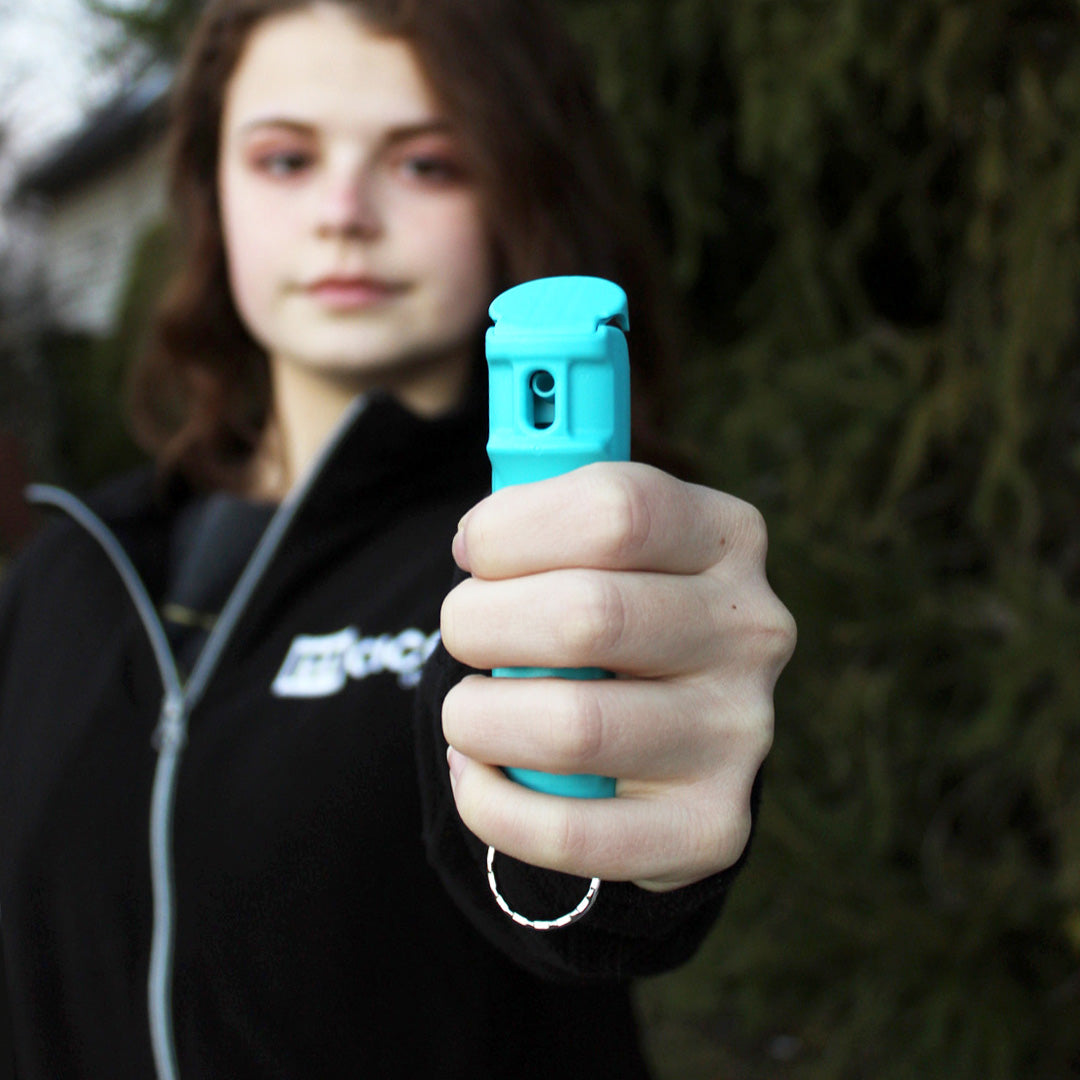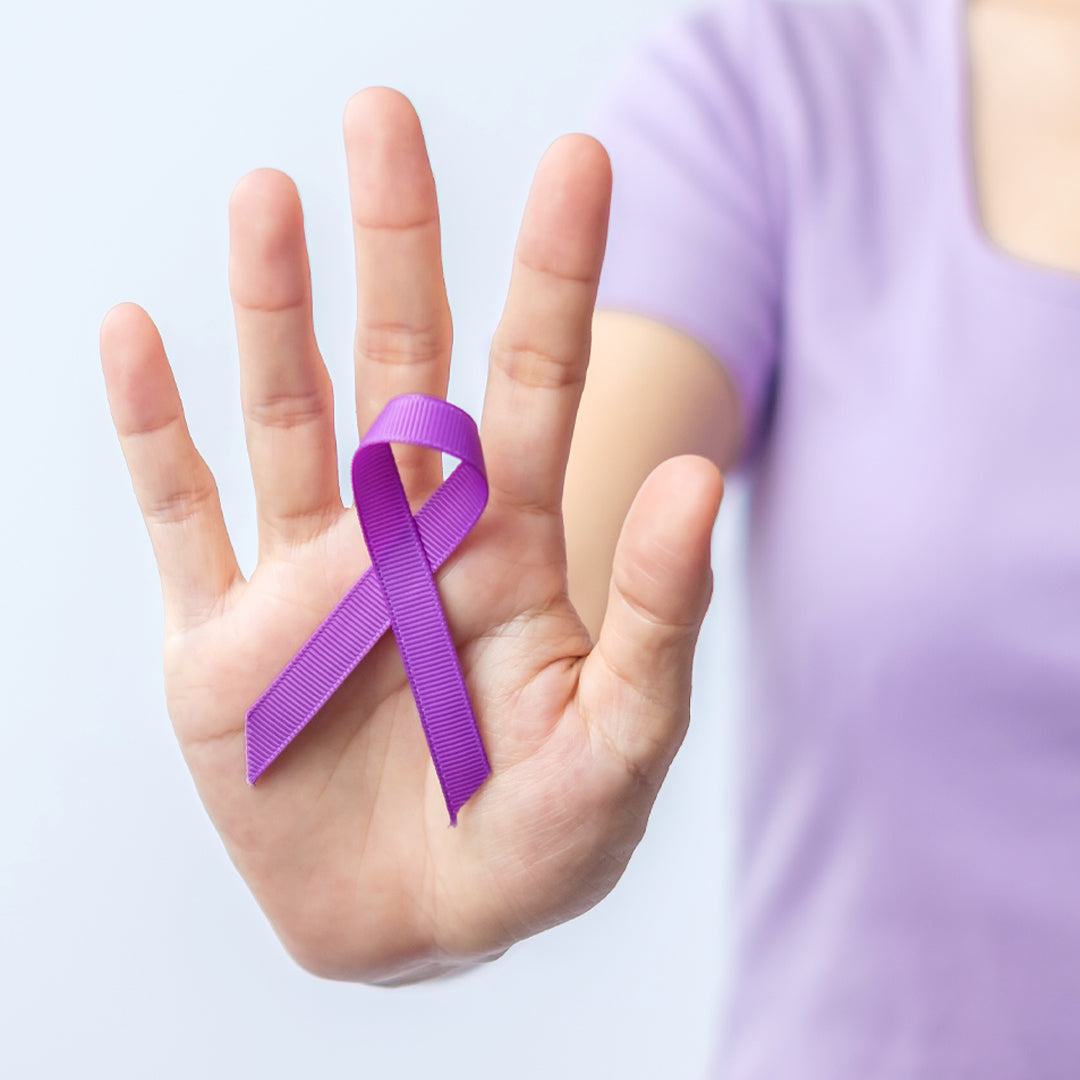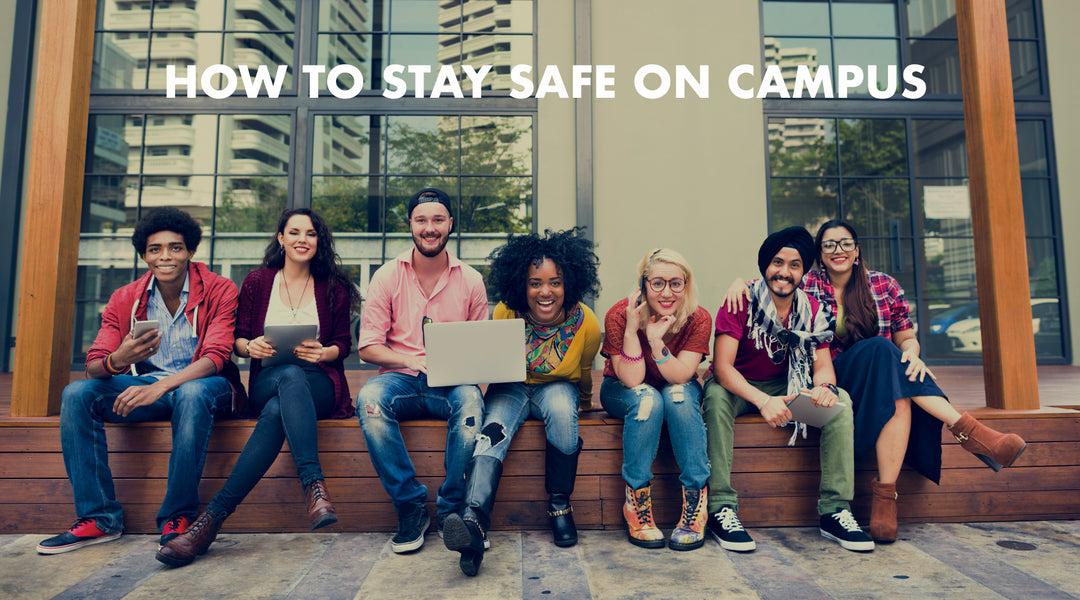How to Take Responsibility for Your Own Safety
Perhaps you've heard that we're all responsible for our own safety - sure we can be alert and stay away from places or situations that are considered dangerous, but how do you actually take responsibility for your own safety? And what about the safety of your family? What can you do to make your environment safer? What can you do to protect yourself at home and on vacation? Many questions - let's explore some answers. It's a safety learning opportunity, an opportunity that's essential in our sometimes out of control world.

WHAT CAN YOU DO?
Pay attention. Be aware. Trust your gut. This holds true if you're driving, walking, on vacation, or taking public transportation. Education is empowerment, and taking the time to know what to look for and how to be aware of your surroundings is important. It's called situational awareness, and it's a skill you can use in your everyday life to increase your personal safety, wherever you may be.
Brian Searcy from the Paratus Group, has developed unique programs designed to ensure that situational awareness is learned, and the associated skills are developed so they become habits, behaviors, and processes that are practiced daily.
The word Paratus means prepared. Semper Paratus is a Latin phrase, meaning always ready. Are you prepared to take responsibility for your own safety? How do you do it? By developing the situational awareness mindset and behaviors that you need to stay safe.
Searcy and his group's programs provide three critical capabilities:
1. Empower the ability to prevent the threats we face today, and if required, respond to them.
2. Empower the ability to identify changes in behavior that impact mental health and wellness.
3. Empower the ability through the learning of situational awareness to see learning opportunities to improve our ability as leaders to shape the culture and behaviors of our organizations.
Searcy did not come up with the 21/90 rule, but he does subscribe to it and is a firm believer that it takes 21 days to establish a new habit, and 90 days to establish new behaviors. Click here for more about his situational awareness programs.

TIPS YOU CAN PUT TO USE RIGHT NOW
Keep your eyes up and off of your device, especially when you're alone. Don't make yourself an easy target.
Position yourself where you can see as much as possible of your surroundings. This can be done almost anywhere: a restaurant, a food court, the gym, on public transportation, at the airport, or even at a sporting event. Try to keep your back to a wall, and keep the exits in front of you, so you can easily see what's happening.
PRACTICE PRACTICE PRACTICE
Strengthening your situational awareness skills takes practice, and you can make it interesting if you ask your children, friends, or other family members to play along. Yes, play. Make it a challenge. See how perceptive everyone is when you're out by asking a few questions.
What color shirt is the bartender/server wearing?
Where are the exits?
Anyone look out of place?
Ask these questions, and always take some time to survey your environment. You'll be training yourself to be more aware of your surroundings, soon it will become a habit.

CONSIDER PERSONAL SAFETY DEVICES
One of the best ways to alert anyone that you need help is a personal alarm. Mace® Brand personal alarm keychains are easy to carry and send out a loud shriek with the touch of a button. They also have a built-in whistle that makes alerting someone easy. The alarms are a popular choice for teenagers as well. It's always best to be prepared and empower yourself and your loved ones with a non-lethal form of personal protection.
Let us be your guide to other non-lethal, personal protection devices. You can also choose Pepper Spray, Pepper Gel , Stun Devices, or Pepper Guns
WHAT TO DO IN A POTENTIALLY DANGEROUS SITUATION
One of America's greatest fighter pilots developed something called the "OODA Loop."
"OODA" is an acronym that explains four steps of decision making when maintaining situational awareness. It is a learning system, a method for dealing with uncertainty, and a strategy for personal safety.
O - Observe.
O - Orient yourself to your surroundings.
D - Decide what you need to do.
A - Act
Observe + Orient = Situational Awareness.
Educate yourself, learn all you can. Rehearse what you would do in a variety of situations. Take your personal safety seriously. Now you're better prepared and have some practical advice for taking responsibility for your own safety. Stay safe everyone.
10 critical skills overview, courtesy of Paratus Group.
Another story you would enjoy: Ready to Get Outside? Let Safety Be a Guide - Mace® Brand Can Help





Leave a comment